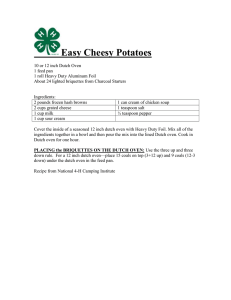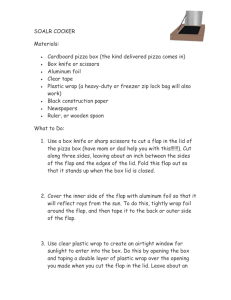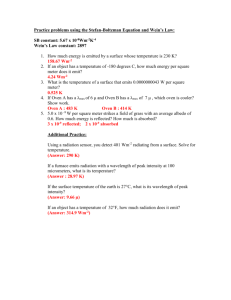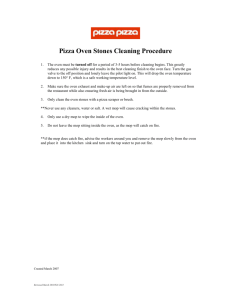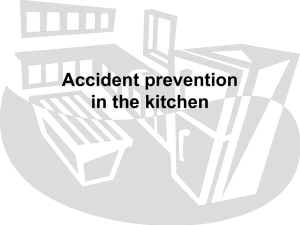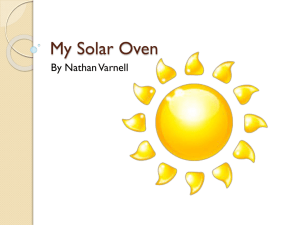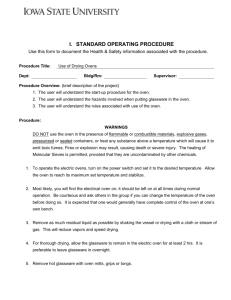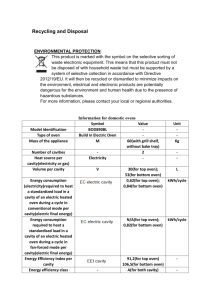Dutch Oven Cooking Powerpoint
advertisement
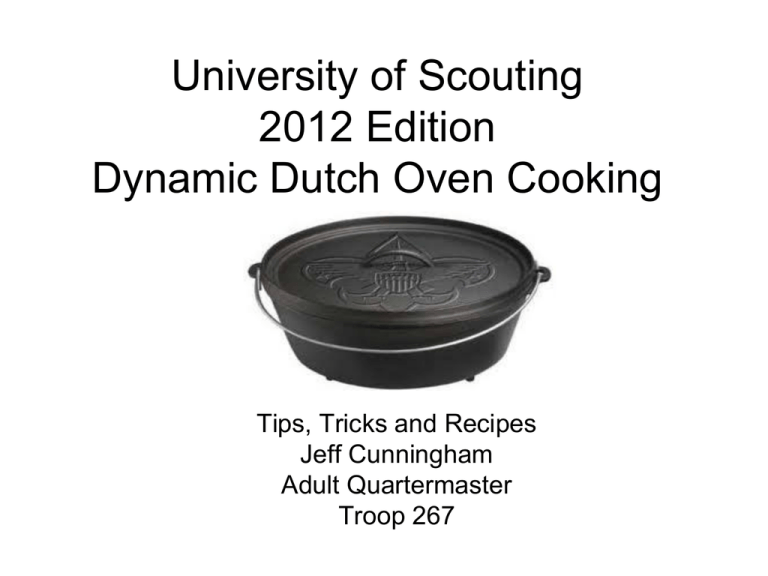
University of Scouting 2012 Edition Dynamic Dutch Oven Cooking Tips, Tricks and Recipes Jeff Cunningham Adult Quartermaster Troop 267 The melting point of aluminum is 1065 to 1170 degrees The melting point of cast iron is 2100 degrees F to 2200 degrees F USS New York • “With charcoal on and under the Dutch Oven, when a strong wind came up a blast furnace effect caused the bottom to sag and the lid was dripping molten aluminum into the cake! The top held its shape, but there are little metal balls stuck all over the inside of the lid. I always thought they were indestructible until then.” Handy Accessories Fire Handling Gloves Lid Lifter Trivet Lid Stand Tongs Shovel Seasoning Dutch Oven • Oil (peanut, olive or vegetable) inside and out, every bit! • Bake at 350 degrees with lid ajar • cool (enough to be handled) • Repeat oiling and baking • cool (enough to be handled) • Repeat oiling only and cool completely Cleaning the Dutch Oven • Place some warm clean water into the oven and heat until almost boiling. Using a plastic mesh scrubber or coarse sponge and NO SOAP, gently break loose the food and wipe away • Rinse with clean warm water • After cleaning and rinsing, allow it to air dry. Heat over the fire or stove just until it hot to the touch. Apply a thin coating of oil to the inside of the oven and the underside of the lid. Allow the oven to cool completely + = ROASTING Top 1 charcoal briquette = 25 degrees F The heat source should come from the top and bottom equally Bottom BAKING • Usually done with more heat from the top than from the bottom FRYING, BOILING, ETC. • All of the heat should come from the bottom. STEWING, SIMMERING: • Almost all heat will be from the bottom. The Dutch Oven Cookbook • http://www.scribd.com/doc/124758/BoyScouts-Dutch-Oven-Cookbook • www.scoutorama.com
